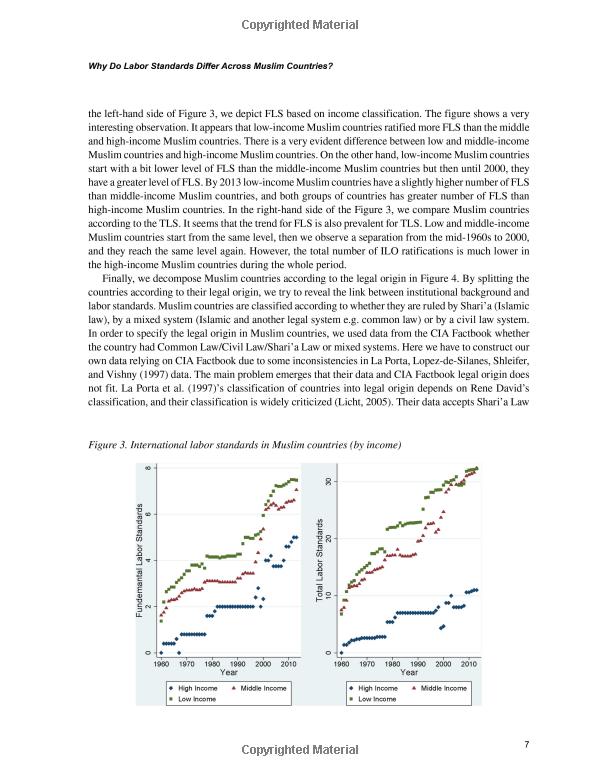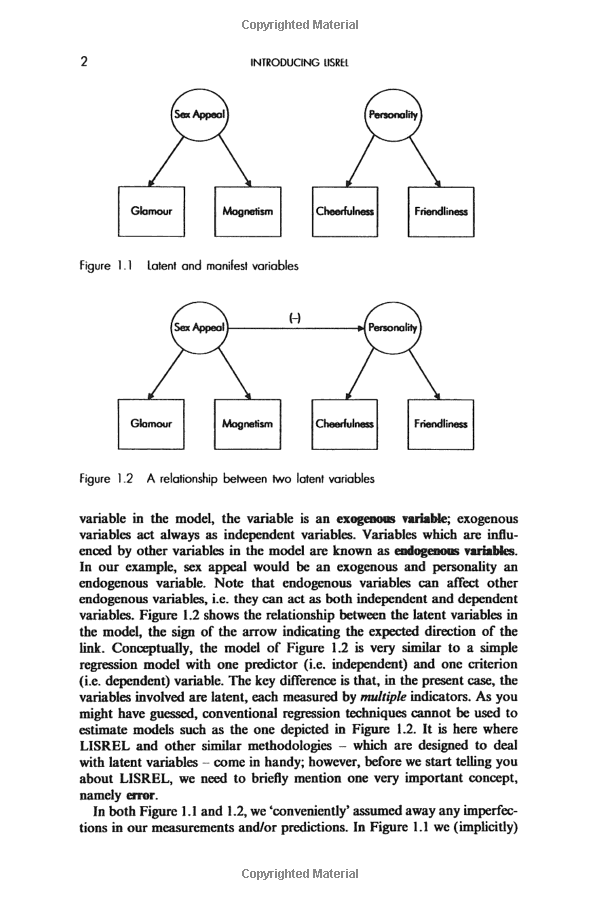Mastering the Art of Securing Unsubsidized Loans: A Comprehensive Guide
Guide or Summary:Unsubsidized LoanWhat is an Unsubsidized Loan?Types of Unsubsidized LoansEligibility Requirements for Unsubsidized LoansApplication Process……
Guide or Summary:
- Unsubsidized Loan
- What is an Unsubsidized Loan?
- Types of Unsubsidized Loans
- Eligibility Requirements for Unsubsidized Loans
- Application Process for Unsubsidized Loans
- Interest Rates and Repayment Terms
Unsubsidized Loan
In today's fast-paced world, acquiring the right financial tools is crucial for personal and professional growth. One such essential financial instrument is the unsubsidized loan. This guide delves into the intricacies of securing unsubsidized loans, offering a comprehensive understanding of how to navigate the process successfully. From understanding the types of loans available to mastering the application process, this guide is your one-stop resource for all things unsubsidized loan.
What is an Unsubsidized Loan?
Before diving into the application process, it's essential to understand what an unsubsidized loan is. An unsubsidized loan is a type of federal student loan that does not offer any interest rate reduction for borrowers who demonstrate financial need. Unlike subsidized loans, unsubsidized loans require borrowers to pay interest on the loan from the disbursement date, regardless of their employment status or income level.

Types of Unsubsidized Loans
There are two primary types of unsubsidized loans: PLUS loans and Parent PLUS loans. PLUS loans are available to graduate students and professional school students, while Parent PLUS loans are designed for parents of undergraduate students. Both types of loans have different eligibility requirements, interest rates, and repayment terms, making it crucial to understand the nuances of each before applying.
Eligibility Requirements for Unsubsidized Loans
To be eligible for an unsubsidized loan, borrowers must meet specific eligibility criteria. These criteria include being a U.S. citizen, permanent resident, or eligible non-citizen, having a valid Social Security number, being enrolled at least half-time in a degree or certificate program, and having a demonstrated financial need. Additionally, borrowers must not have defaulted on any federal student loans or owe more than a specific amount in federal student loans.

Application Process for Unsubsidized Loans
The application process for unsubsidized loans involves several steps, including completing the Free Application for Federal Student Aid (FAFSA), submitting the Student Aid Report (SAR), and selecting the appropriate loan type and amount. Borrowers must also attend loan counseling sessions and sign a Master Promissory Note (MPN) before disbursement can occur.
Interest Rates and Repayment Terms
Understanding the interest rates and repayment terms associated with unsubsidized loans is crucial for borrowers. Interest rates for unsubsidized loans vary depending on the loan type and disbursement date. Repayment terms can also vary, with standard repayment plans offering a fixed payment amount over a set period, while income-driven repayment plans adjust monthly payments based on income and family size.

Securing an unsubsidized loan can be a daunting task, but with the right knowledge and guidance, it can be a straightforward process. By understanding the types of unsubsidized loans available, meeting eligibility requirements, and navigating the application process, borrowers can successfully secure the funding they need to achieve their academic and career goals. Whether you're a graduate student, professional school student, or parent of an undergraduate student, this comprehensive guide provides the insights and tools necessary to master the art of securing unsubsidized loans.